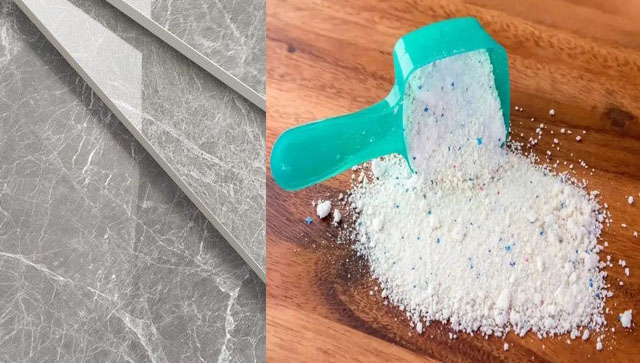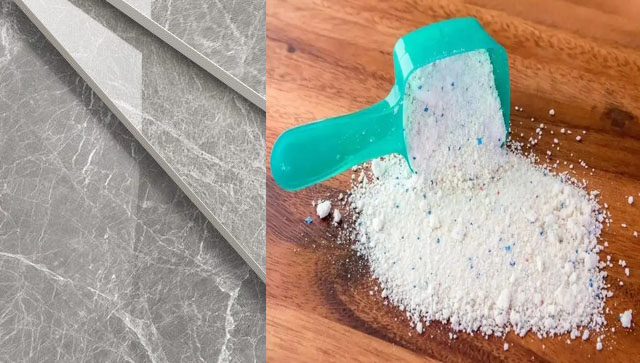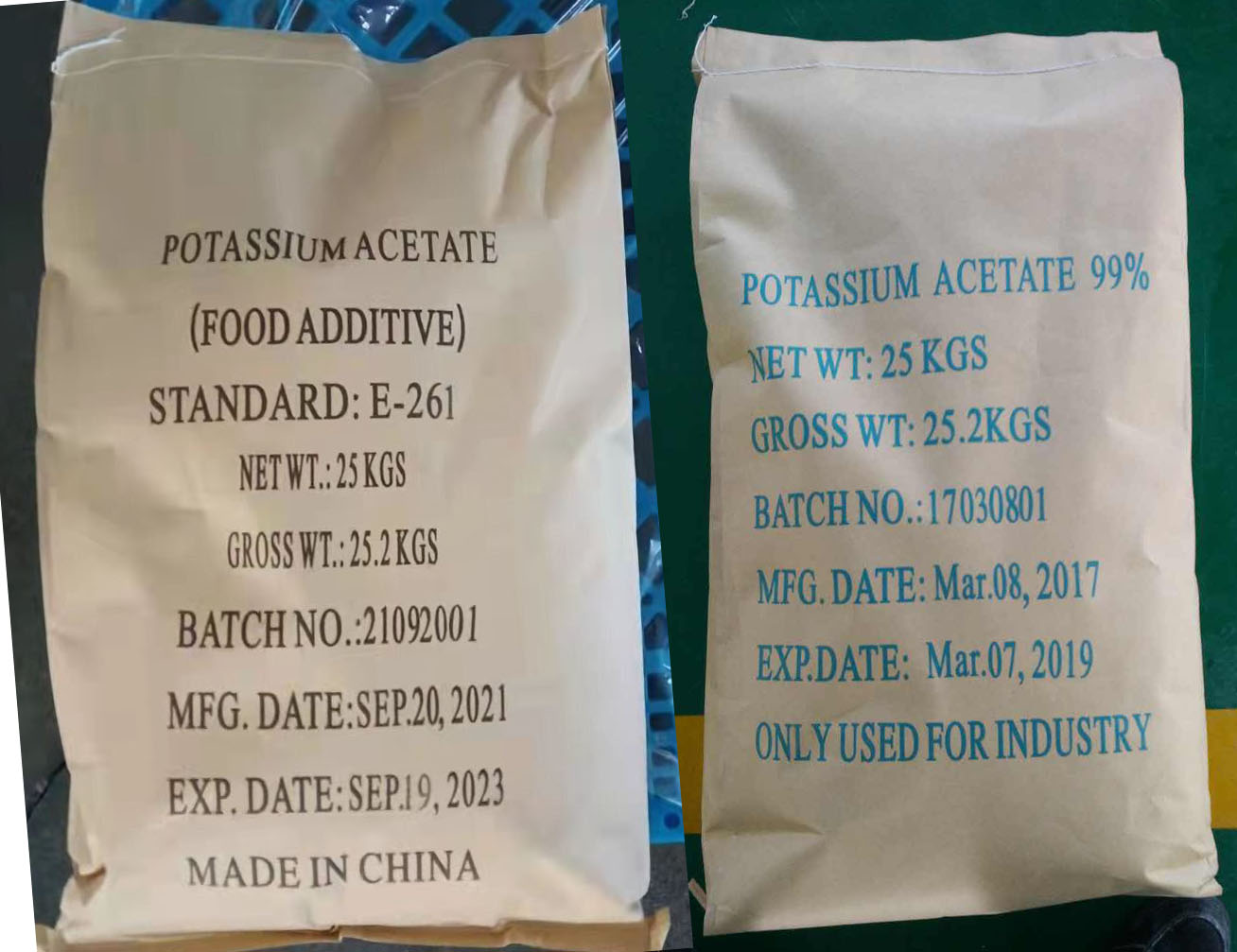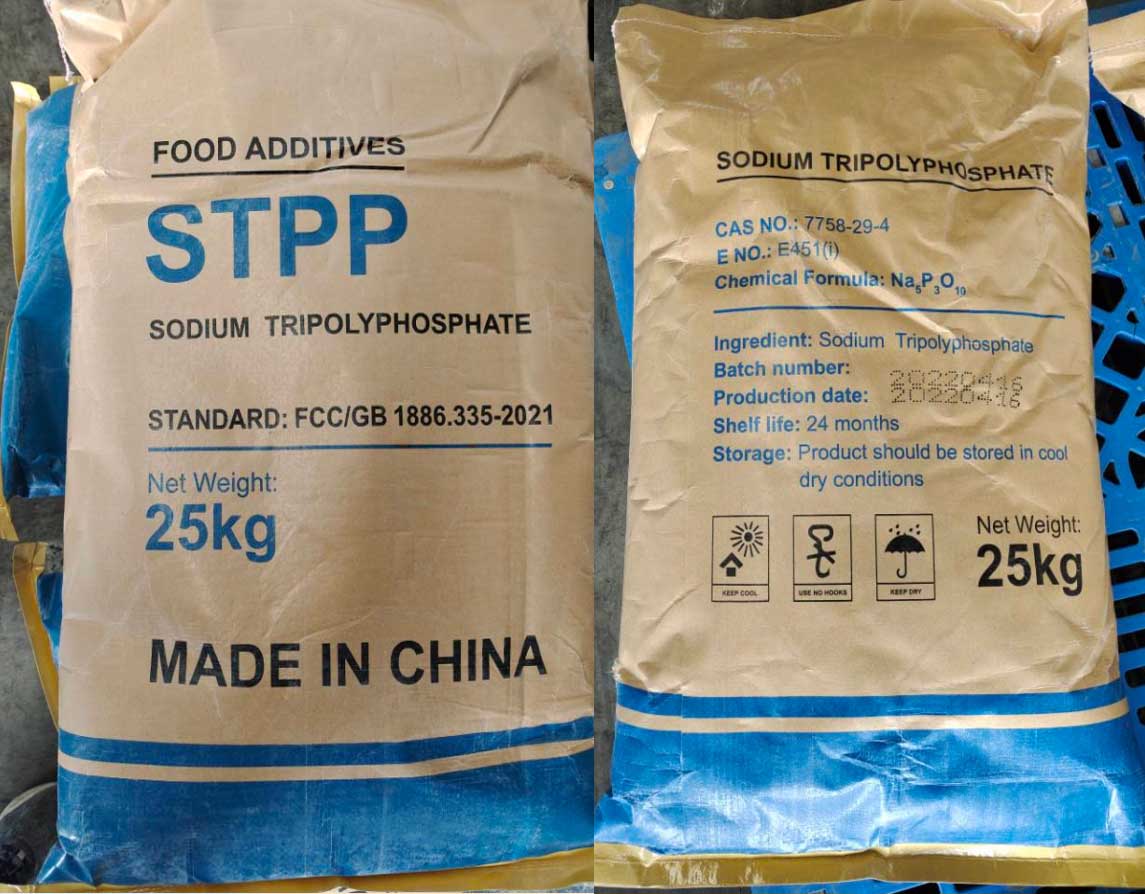Sodium metabisulfite is known by several other names and synonyms, which are often used in different industries and contexts. Some of the common synonyms include:
Sodium pyrosulfite
Disodium disulfite
Sodium bisulfite (though this is technically a different compound, it is sometimes used interchangeably)
Sodium dioxide
E223 (its E number, which is used as a food additive in European Union)
Sodium bisulfite anhydrous
Sodium metabisulphite (alternative spelling)
Applications of Sodium Metabisulfite in the Food Industry:
1. Preservation and Antioxidant in Dried Fruits
Sodium metabisulfite is commonly used to preserve dried fruits such as apricots, raisins, apples, and other fruits. It acts as a preservative by:
Preventing Browning: It inhibits the enzymatic browning caused by polyphenol oxidase (PPO) and prevents the oxidation of certain compounds in fruits, such as flavonoids. This helps maintain the fresh appearance and quality of dried fruits.
Antioxidant Action: It slows down the oxidation process, preserving the color and flavor of dried fruits and extending their shelf life.
2. Wine and Beverage Production
In the production of wine, fruit juices, and other beverages, sodium metabisulfite is used for:
Antioxidant and Antimicrobial Agent: It helps prevent spoilage caused by oxidation and microbial growth, particularly during fermentation and storage.
Sulfur Dioxide Release: When dissolved in water, sodium metabisulfite releases sulfur dioxide (SO₂), which acts as a preservative by inhibiting the growth of spoilage microorganisms and preventing the oxidation of wine or juice.
3. Preservation of Vegetables and Potatoes
Sodium metabisulfite is used in the preservation of vegetables, particularly in processes such as blanching, freezing, and canning:
Blanching of Vegetables: When used during blanching, it helps to preserve the natural color and texture of vegetables like peas, beans, and corn. It also prevents enzymatic reactions that could lead to the degradation of the vegetables during storage.
Prevention of Discoloration in Potatoes: It helps to maintain the white color of fresh potatoes and potato products (such as chips and fries) by preventing oxidation and enzymatic browning.
4. In the Production of Molasses and Vinegar
Sulfur Dioxide for Preservation: In the production of vinegar, sodium metabisulfite is used to prevent bacterial contamination and spoilage, particularly in the fermentation stage.
Molasses Preservation: It is also used in preserving molasses, preventing microbial growth and oxidation during storage.
5. Fruit and Vegetable Juices
Preventing Oxidation: In fruit and vegetable juice production, sodium metabisulfite helps to prevent the oxidation of vitamins (especially vitamin C) and other nutrients that could degrade over time.
Color Preservation: It helps preserve the natural color of juices, ensuring that they remain attractive to consumers and preventing discoloration.
6. Production of Dehydrated and Freeze-dried Products
Sodium metabisulfite is used in the dehydration process of various fruits, vegetables, and mushrooms:
Retaining Nutritional Quality and Color: It helps to protect the dehydrated products from loss of nutrients and browning caused by oxidation.
Extending Shelf Life: By acting as an antioxidant and antimicrobial agent, sodium metabisulfite helps extend the shelf life of dehydrated food products.
7. In the Production of Jams and Jellies
Preventing Discoloration: Sodium metabisulfite can be added to jams and jellies to prevent discoloration and maintain their bright appearance.
Preservation: It helps preserve the color and flavor of jams and jellies, especially in products with high sugar content.
8. As a Bleaching Agent in Food Processing
Bleaching of Food Ingredients: Sodium metabisulfite is sometimes used as a bleaching agent in products like dried mushrooms, spices, and other ingredients. It helps to improve the appearance and color of the final product by removing or lightening any unwanted dark pigments.
9. In the Production of Candies and Sweets
Preservation of Color: In the production of candies and sweets, sodium metabisulfite is used to prevent discoloration and preserve the product's appearance.
Preserving Flavor: It also helps in preserving the flavor by protecting against oxidative spoilage.
10. In the Processing of Seafood
Prevention of Oxidation: Sodium metabisulfite is sometimes used in the preservation of seafood, such as shrimp, lobster, and fish, to prevent the oxidation of fats and preserve the texture and taste of the product.
Maintaining Freshness: It helps in maintaining the appearance and freshness of seafood during storage, particularly frozen seafood.




